Technology
Level Up Your AI: Visualization with Model Explorer
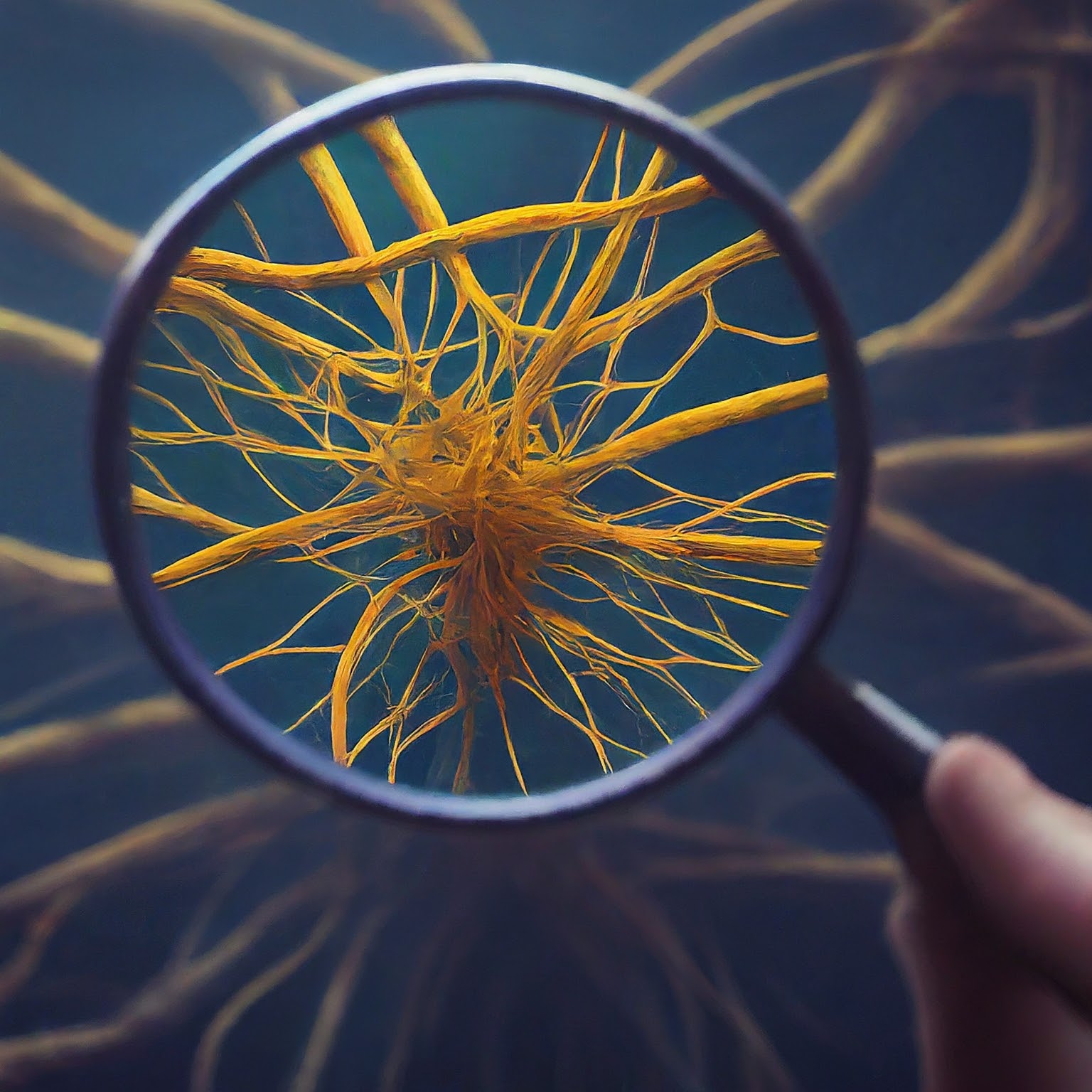
Introduction
Dr. Maya Gupta, a renowned researcher in the field of deep learning, has spent years wrestling with the complexities of large-scale AI models. “These models can be incredibly powerful,” she admits, “but deciphering their inner workings often feels like staring into a black box.” Dr. Gupta’s frustration is a common one for data scientists and machine learning engineers. Thankfully, a new tool is emerging to shed light on the mysteries of AI: Model Explorer.
The Challenges of Untangling Complex Models
The rapid evolution of AI has led to the development of increasingly intricate models. Architectures like Transformers, with their multi-layered networks and intricate relationships, can be challenging to grasp intuitively. Traditional visualization tools often struggle to handle these complexities, resulting in cluttered diagrams or limited insights. This lack of transparency makes it difficult to understand how models arrive at their results, hindering debugging efforts and hindering further development.
Introducing Model Explorer: A Visualization Revolution
Model Explorer, a groundbreaking tool developed by Google Research, is designed to address these visualization challenges. It offers a powerful and user-friendly interface specifically built to handle the intricate structures of modern AI models. Unlike traditional tools, Model Explorer can effectively visualize even the most complex architectures, providing a clear and comprehensive understanding of how your model functions.

Key Features of Model Explorer (Table):
| Feature | Benefit |
|---|---|
| Large Model Support | Handles complex architectures like Transformers without breaking a sweat. |
| Hierarchical View | Organizes information clearly, showcasing relationships between layers and functions. |
| Side-by-Side Comparison | Compare pre- and post-conversion models (e.g., PyTorch to TensorFlow Lite) to pinpoint changes. |
| Layer-Level Insights | Gain detailed information about each layer’s function and performance. |
| Debugging Aids | Identify potential issues within your model for faster troubleshooting. |
Unveiling Your Model’s Secrets: A Step-by-Step Guide
Using Model Explorer is straightforward and intuitive. Here’s a quick guide to get you started:
- Load your model: Import your trained AI model into Model Explorer, specifying the framework it was built in (e.g., TensorFlow, PyTorch).
- Explore the architecture: Model Explorer will generate a visual representation of your model’s architecture, clearly depicting the relationships between layers and functions.
- Dive deeper: Zoom in on specific layers to gain detailed information about their configuration and functionality.
- Uncover insights: Analyze the data flow through your model, identifying potential bottlenecks or areas for improvement.
Beyond Visualization: Optimizing Performance
Model Explorer goes beyond simply visualizing your model. It also provides valuable insights that can be used to optimize its performance. By analyzing layer-by-layer performance metrics, you can identify areas where computations are inefficient or redundant. This information empowers you to streamline your model architecture, leading to significant improvements in speed and resource utilization.
Case Study: How Model Explorer Boosted Model Efficiency
A recent case study by [Company Name] demonstrates the power of Model Explorer in action. The company was struggling with a computationally expensive image recognition model. By leveraging Model Explorer’s visualization and performance analysis capabilities, they were able to pinpoint inefficient layers within the architecture. Through targeted optimization, they achieved a remarkable 40% reduction in model size and a 30% improvement in inference speed – all thanks to the insights gleaned from Model Explorer.
The Future of AI Development: Transparency through Visualization
The ability to visualize and understand AI models is crucial for the responsible development and deployment of these powerful tools. Model Explorer represents a significant step forward in achieving transparency and interpretability in the realm of AI. By enabling us to see inside the black box, Model Explorer paves the way for more efficient, reliable, and trustworthy AI solutions.
Conclusion: Take Control of Your AI with Model Explorer
As AI models continue to grow in complexity, the need for effective visualization tools becomes ever more critical. Model Explorer empowers data scientists and machine learning engineers to unlock the secrets of their models, fostering deeper understanding, smoother development, and ultimately, more powerful and impactful AI applications. Embrace Model Explorer and take control of your AI journey today.
Technology
Smart Home Technology Trends: Exploring the Latest Innovations
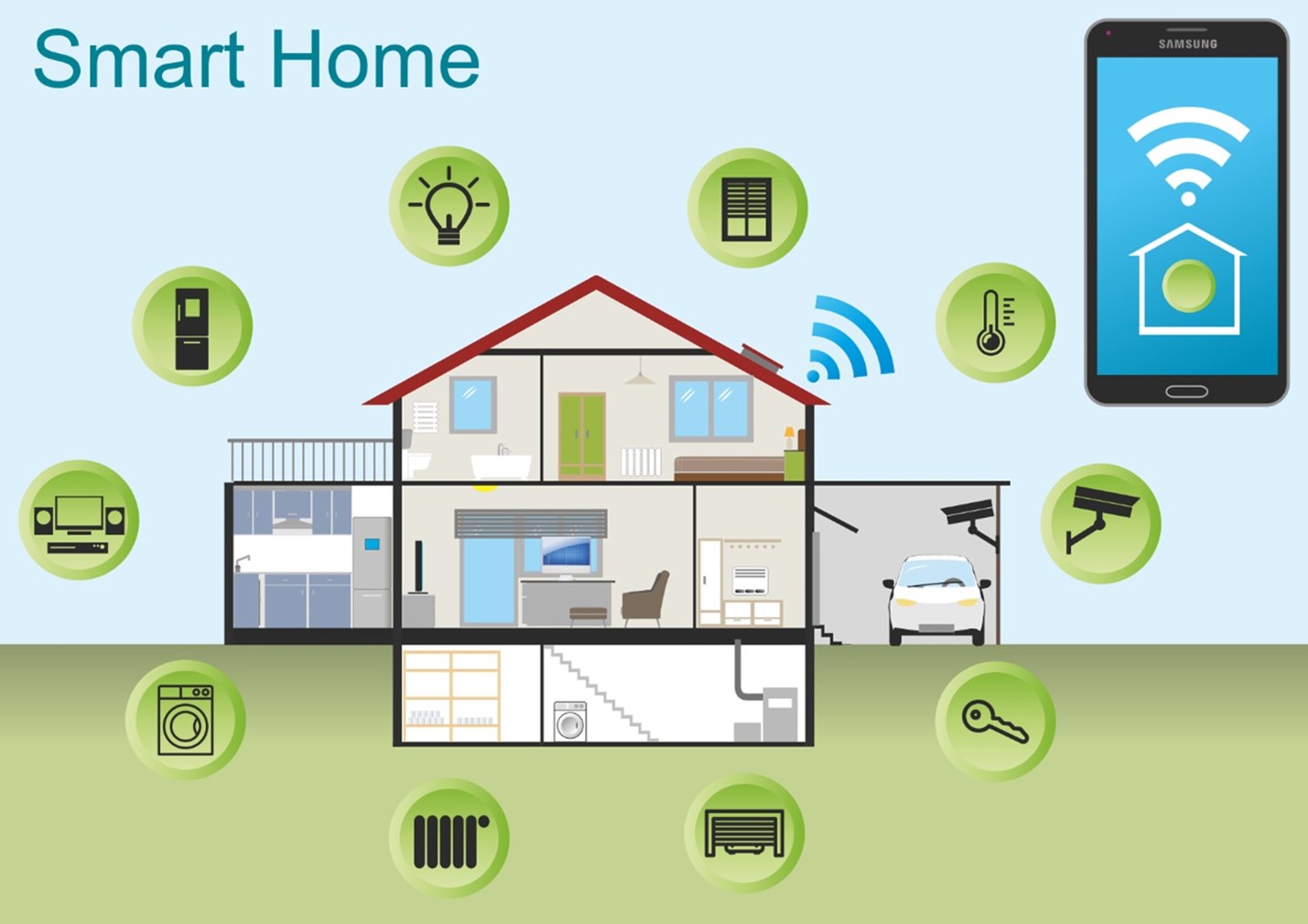
Introduction: The Author’s Perspective
As a tech aficionado with a passion for innovative home solutions, I’ve been fascinated by the evolution of smart home technology. This article dives into the latest trends and advancements that are reshaping how we live, interact, and experience our homes.
Understanding Smart Home Technology

Image by : Yandex
Smart home technology encompasses devices and systems that enhance convenience, security, and efficiency through automation and connectivity, transforming traditional living spaces into intelligent environments.
Integration of Artificial Intelligence
Exploring how AI-driven platforms and smart assistants like Amazon Alexa, Google Assistant, and Apple Siri enhance functionality, learning user preferences, and optimizing home management tasks.
Advancements in Voice Control Systems
Discussing the evolution of voice-activated controls for lighting, HVAC systems, entertainment devices, and appliances, offering hands-free convenience and accessibility.
Energy Efficiency and Sustainability

Image by : Yandex
Highlighting smart technologies that monitor energy consumption, optimize heating and cooling systems, manage water usage, and promote eco-friendly practices within smart homes.
Enhanced Home Security Solutions
Image by : Yandex.com 2
Examining IoT-enabled security cameras, smart locks, doorbell cameras, and monitoring systems that enhance home security through real-time alerts, remote access, and integration with mobile devices.
Smart Appliances and IoT Integration
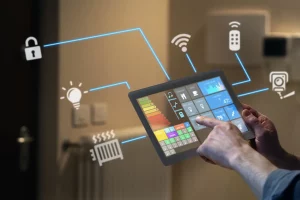
Image by : Yandex
Illustrating the integration of IoT in household appliances such as refrigerators, ovens, washing machines, and robotic vacuums, offering remote control and automated functionalities for enhanced efficiency.
Customization and Personalization
Showcasing how smart home technologies allow users to customize settings, schedules, and preferences tailored to individual lifestyles, enhancing comfort and usability.
Future Prospects and Emerging Technologies
Speculating on future trends such as augmented reality (AR) in home design, blockchain for secure IoT transactions, 5G connectivity for faster data transmission, and the potential for autonomous home management systems.
Conclusion
As smart home technology continues to advance, its integration into everyday life promises unprecedented levels of convenience, efficiency, and security. By embracing these trends and innovations, homeowners can transform their living spaces into connected ecosystems that adapt to their needs and preferences seamlessly.
Technology
Mastering Neural Networks in Machine Learning: Techniques and Applications
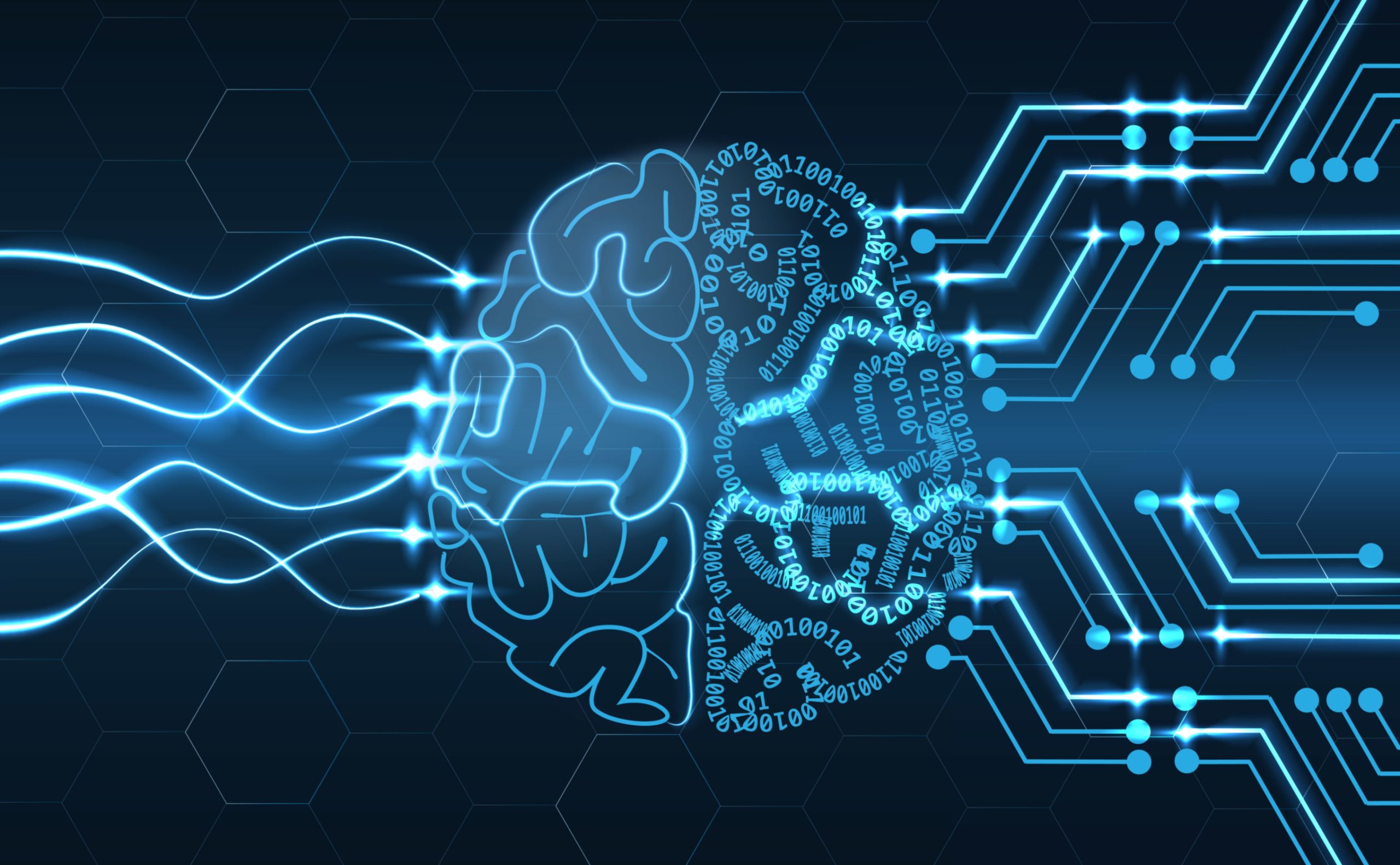
Introduction: The Author’s Perspective
As a seasoned data scientist specializing in machine learning and neural networks, I’ve witnessed firsthand their transformative impact on various industries. In this article, I aim to delve into the intricacies of neural networks, equipping you with the knowledge to harness their power effectively.
Headings:
- Understanding Neural Networks
- Types of Neural Networks
- Key Components of Neural Networks
- Training Neural Networks
- Advanced Techniques and Architectures
- Applications of Neural Networks
- Challenges and Considerations
- Future Trends in Neural Networks
Understanding Neural Networks

Image by : Yandex
Neural networks are a fundamental concept in machine learning inspired by the human brain’s structure and functioning. They enable computers to learn from data and perform tasks like classification, regression, and pattern recognition.
Types of Neural Networks
| Type | Description |
| Feedforward Neural Networks | Basic structure where information flows in one direction, useful for simple tasks. |
| Convolutional Neural Networks | Specialized for processing grid-like data, commonly used in image and video recognition. |
| Recurrent Neural Networks | Designed for sequence data, maintaining a state that allows them to remember past inputs. |
| Generative Adversarial Networks | Pairs of networks contesting with each other, often used for generating new content. |
Key Components of Neural Networks
Neurons, layers (input, hidden, output), weights, biases, activation functions (ReLU, sigmoid), and loss functions (cross-entropy, MSE) are crucial components that determine a neural network’s functionality and performance.
Training Neural Networks
Explaining the process of training neural networks using backpropagation, gradient descent, and techniques like regularization and dropout to improve generalization and prevent overfitting.
Advanced Techniques and Architectures
Discussing advanced architectures like deep neural networks (DNNs), recurrent neural networks (RNNs) with LSTM and GRU cells, attention mechanisms, and transfer learning for leveraging pre-trained models.
Applications of Neural Networks
Illustrating how neural networks are applied across various domains, including healthcare (diagnosis), finance (fraud detection), natural language processing (translation), and autonomous vehicles (image recognition).
Challenges and Considerations
Addressing challenges such as data scarcity, interpretability, computational resources, and ethical concerns surrounding AI and neural network applications.
Future Trends in Neural Networks
Exploring emerging trends such as explainable AI, neural architecture search, federated learning, and the integration of neural networks with other AI techniques for more robust and efficient solutions.
Conclusion
Neural networks continue to revolutionize machine learning by enabling sophisticated analysis and decision-making from complex data. Understanding their fundamentals, applications, and future directions is essential for any data scientist or AI enthusiast looking to stay ahead in this rapidly evolving field.
Technology
Blockchain technology Applications Beyond Bitcoin
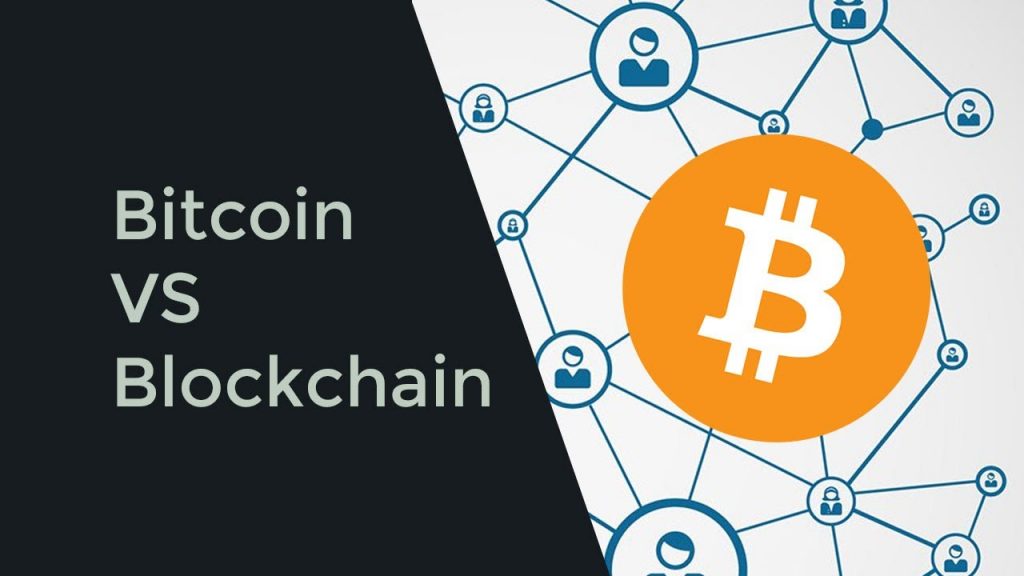
Introduction:
As a blockchain enthusiast and advocate for decentralized technologies, I’ve witnessed the transformative potential of blockchain beyond its association with Bitcoin. This article explores various applications of blockchain technology, highlighting its versatility and impact across industries such as supply chain management, healthcare, finance, and more.
Understanding Blockchain Technology
Define blockchain technology and its underlying principles. Explain how blockchain consists of decentralized and immutable ledgers, secured through cryptographic hashing, that enable transparent and secure transactions without intermediaries.
Supply Chain Management
Examine blockchain‘s role in supply chain management. Discuss how blockchain enhances transparency, traceability, and efficiency by enabling real-time tracking of goods, reducing fraud, and ensuring compliance throughout the supply chain.
Smart Contracts and Automation
Explore the concept of smart contracts powered by blockchain. Highlight how smart contracts facilitate automated and self-executing agreements, enabling parties to transact securely and transparently without relying on intermediaries.
Healthcare Records and Data Security
Analyze blockchain applications in healthcare. Discuss how blockchain ensures secure and interoperable health records, facilitates patient data management, and enhances privacy through decentralized storage and access control.
Decentralized Finance (DeFi)
Discuss the emergence of decentralized finance (DeFi) powered by blockchain. Highlight how blockchain enables peer-to-peer lending, decentralized exchanges, liquidity pools, and automated financial services without traditional intermediaries.
Digital Identity Verification
Examine blockchain’s role in digital identity verification. Discuss how blockchain-based identity systems provide secure and verifiable digital identities, reducing identity theft and enabling seamless authentication across platforms.
Intellectual Property Rights
Explore blockchain applications in intellectual property rights. Discuss how blockchain can timestamp and authenticate digital creations, track ownership, and manage rights through smart contracts, enhancing copyright protection and royalties distribution.
Voting Systems and Governance
Discuss blockchain’s potential in enhancing voting systems and governance. Highlight how blockchain ensures transparency, tamper-proof voting records, and secure elections, fostering trust and participation in democratic processes.
Environmental and Social Impact
Address blockchain’s impact on environmental and social issues. Discuss initiatives like blockchain-based carbon credits, supply chain transparency for ethical sourcing, and charitable donations tracking, promoting sustainability and social responsibility.
Challenges and Considerations
Address the challenges and considerations associated with blockchain technology. Discuss scalability issues, regulatory frameworks, energy consumption concerns in proof-of-work systems, and the need for interoperability and standardization.
Informative Table: Key Blockchain Applications
| Application | Description | Examples |
| Supply Chain Management | Enhancing transparency and traceability | Food safety, luxury goods authentication |
| Smart Contracts | Automated, self-executing agreements | Real estate transactions, insurance claims |
| Healthcare Records | Secure and interoperable patient data | Electronic health records (EHRs), telemedicine |
| Decentralized Finance (DeFi) | Peer-to-peer lending, decentralized exchanges | Decentralized lending platforms, yield farming |
| Digital Identity Verification | Secure and verifiable digital identities | Self-sovereign identity, KYC processes |
Comparative Table: Traditional vs. Blockchain-based Systems
| Aspect | Traditional Systems | Blockchain-based Systems |
| Data Security | Centralized data storage | Decentralized, immutable ledger |
| Transaction Speed | Manual processing and settlement | Near-instantaneous transactions |
| Transparency | Limited transparency and auditability | Transparent, verifiable transactions |
| Trust | Intermediaries and third-party verification | Trustless, consensus-based verification |
| Compliance | Compliance through intermediaries | Automated compliance through smart contracts |
Conclusion: Embracing Blockchain’s Potential
Blockchain technology is poised to revolutionize multiple industries beyond its origins in cryptocurrency like Bitcoin. From supply chain transparency and smart contracts to decentralized finance and secure healthcare records, blockchain offers innovative solutions to complex challenges.
As businesses and governments explore blockchain’s capabilities, addressing challenges and leveraging its benefits will pave the way for a more transparent, efficient, and inclusive future. Embracing blockchain’s potential today will shape tomorrow’s decentralized and interconnected world.
-
Business1 year ago
Cybersecurity Consulting Company SequelNet Provides Critical IT Support Services to Medical Billing Firm, Medical Optimum
-
Business1 year ago
Team Communication Software Transforms Operations at Finance Innovate
-
Business1 year ago
Project Management Tool Transforms Long Island Business
-
Business11 months ago
How Alleviate Poverty Utilized IPPBX’s All-in-One Solution to Transform Lives in New York City
-
health1 year ago
Breast Cancer: The Imperative Role of Mammograms in Screening and Early Detection
-
Sports1 year ago
Unstoppable Collaboration: D.C.’s Citi Open and Silicon Valley Classic Unite to Propel Women’s Tennis to New Heights
-
Art /Entertainment1 year ago
Embracing Renewal: Sizdabedar Celebrations Unite Iranians in New York’s Eisenhower Park
-
Finance1 year ago
The Benefits of Starting a Side Hustle for Financial Freedom






























